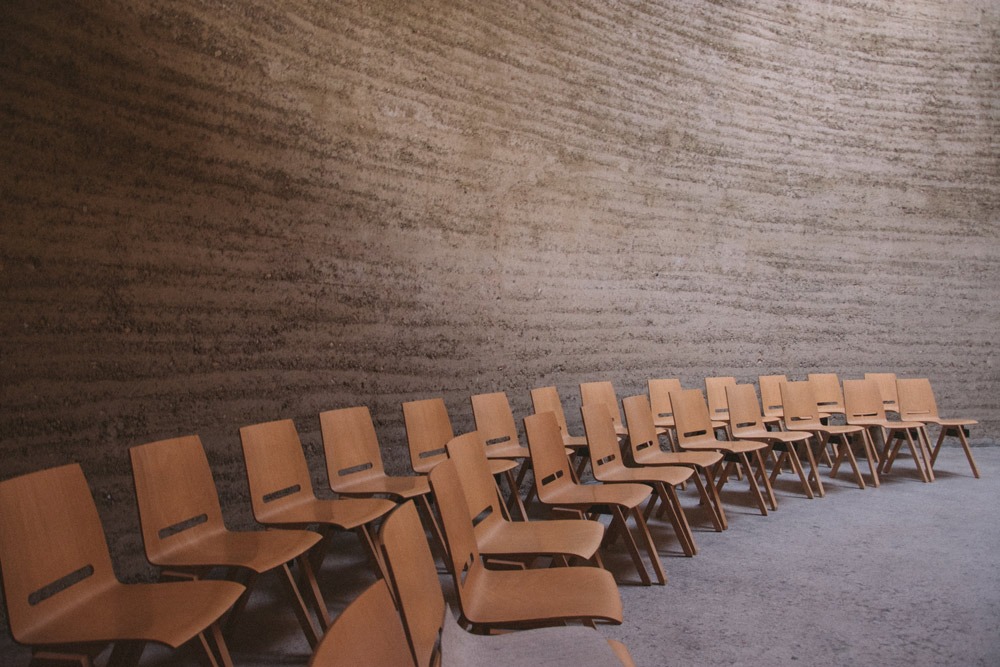
Fueled by the COVID-19 pandemic and the mass movement against anti-Black racism that arose in the wake of the murder of George Floyd by Minneapolis police, many foundation leaders say they are focusing explicitly on racial equity and are modifying their practices as a result. But are they?
This question fueled considerable research and resulted in a report that I coauthored with Naomi Orensten and Satia Marotta, which the Center for Effective Philanthropy (CEP) released this past fall, titled Foundations Respond to Crisis: Lasting Change. In that research we conducted a broad survey, as well as qualitative interviews with over 30 foundation leaders and 30 nonprofit leaders. In both our foundation leader interviews and in the almost 300 survey responses we received, many reported that they had stepped up the financial support they provided to organizations serving African American and Latinx communities.
Yet, when it came to Asian American and Pacific Islander (AAPI) and Native American communities, foundations largely remain missing in action. In fact, the data show that since March 2020, few foundations stepped up giving levels to nonprofits supporting AAPI and Native American communities. The details of this shortcoming are documented in two related reports I coauthored with my colleagues Katarina Malmgren and Hannah Martin, both titled Overlooked. In those reports, almost two thirds of foundation leaders say they provide little or no grant dollars to organizations primarily serving AAPI communities and a similar share of foundation leaders report providing little or no grant dollars to organizations primarily serving Native American communities.
During and prior to the pandemic, AAPI and Native nonprofit leaders we spoke with reported having worse experiences with foundations than their counterparts of other races. These leaders rate their foundation funders lower on survey questions related to the strength of relationships between funders and grantees, funders’ understanding of grantees’ organizations, and the context in which they work. Native American leaders also rate funders lower on the impact that funders have had on the fields in which they work. This data comes from surveys we have conducted between 2011 and 2021 of 761 AAPI and 285 Native nonprofit leaders and interviews with an additional 13 AAPI and Native American leaders.
As Joseph Ironhawk Little of Native Americans in Philanthropy (NAP) asks, “We all must take the time to reflect and ask ourselves: why is this accepted in philanthropy as normalcy?” Raymond Foxworth of First Nations Development Institute is perhaps even more scathing in his assessment, observing that, “The negative interactions between Native nonprofit leaders—and Native communities at large—and philanthropy is a function of a settler colonial system that ignores and minimizes Native American people, communities, and their sovereign priorities.”
That AAPI and Native American nonprofit leaders and communities continue to be overlooked is concerning for many reasons, not the least of which is the outsized challenges they have experienced these past two years.
Over the past two years, Native American communities have been unduly impacted by the COVID-19 pandemic. Native Americans have been hospitalized and have died from COVID-19 at higher rates than any other racial/ethnic group in the United States. Between April 2020 and June 2021, one in every 168 Native American children in the United States lost a caregiver due to the pandemic. These extremely high death rates, especially among community elders, also threaten the progress made in preserving Native languages. Further, these hospitalization and death rates are likely significantly higher than the data show, because many states do not consistently track data on Native Americans. Compounding the health-related impacts of COVID-19, tribal governments have been devastated by the pandemic.
Sign up for our free newsletters
Subscribe to NPQ's newsletters to have our top stories delivered directly to your inbox.
By signing up, you agree to our privacy policy and terms of use, and to receive messages from NPQ and our partners.
Over the past two years, AAPI communities have suffered disturbing consequences of the COVID-19 pandemic. Pacific Islanders have experienced one of the highest death tolls from COVID-19 in the United States. In addition, Asian-owned small businesses rapidly lost business at the start of the pandemic due in part to discrimination surrounding the origins of the virus. At the same time, across the country, crimes targeting people of AAPI descent have risen substantially, with Stop AAPI Hate receiving more than 10,000 reported anti-Asian incidents since March 2020, and likely many more that have gone unreported.
For decades prior to the pandemic, organizations such as Asian Americans/Pacific Islanders in Philanthropy (AAPIP) and NAP have advocated for more support for their communities. AAPIP was created “to expand and mobilize philanthropic resources for underserved Asian American and Pacific Islander (AAPI) communities and inspire a more just and equitable society.” Around the same time, Native Americans in Philanthropy was founded, in part because, “Native communities had no platform in philanthropy to raise awareness and advocate for funding to Native and Tribal communities.”
While some foundations do support AAPI and Native American communities, as a field the data are clear: foundations have not broadly changed their practices with respect to these communities.
In 2021, when we interviewed AAPI and Native American leaders about their experiences, much of what they shared focused on the lack of understanding that foundation leaders and staff have of their organizations and the realities of the context in which they operate. One AAPI leader told us, “It’s hard for AAPI organizations to thrive in a foundation world where you don’t speak English as well, it’s a long and cumbersome grant application, or the funder has very high expectations for perfect grammar and perfect writing style. Those language barriers, in the same way they challenge our community members, are challenging for our nonprofit organizations.”
One Native American leader recalled being denied funding because their participants didn’t fit into a stereotypical mold of struggling Native people. This leader said, “One time a program officer told us that they couldn’t fund us because the participants in our program were successful emerging leaders. We interpreted that as, ‘They just want to fund drunk, starving Indians on the reservation or on skid row in the city. They’re not interested in what Native American leaders can contribute to the rest of society.’”
Organizations like AAPIP, AAPI Data, NAP, and First Nations Development Institute, among others, have published a lot of data and information over the years to raise awareness about the lack of attention to these communities by philanthropy. But change is unlikely to happen without a commitment by foundation leaders and staff. This requires that funders accept responsibility to become more aware of the needs of these diverse communities. And it cannot happen without concerted effort.
One Native American leader offered this counsel to foundations: “I think the biggest thing is listening. Not hearing but listening. Listening to understand. There’s a big difference between listening to understand or listening to reply. I think a lot of times in America, people listen to reply. They listen to win. They listen to be right. They don’t listen with an open heart about what people are saying. That’s a big problem.”
“Listening is a process,” the leader continued. “It’s not just a passive experience of sound vibrating your eardrums. It’s taking in what people say and reflecting on it and accepting it as their truth.”









